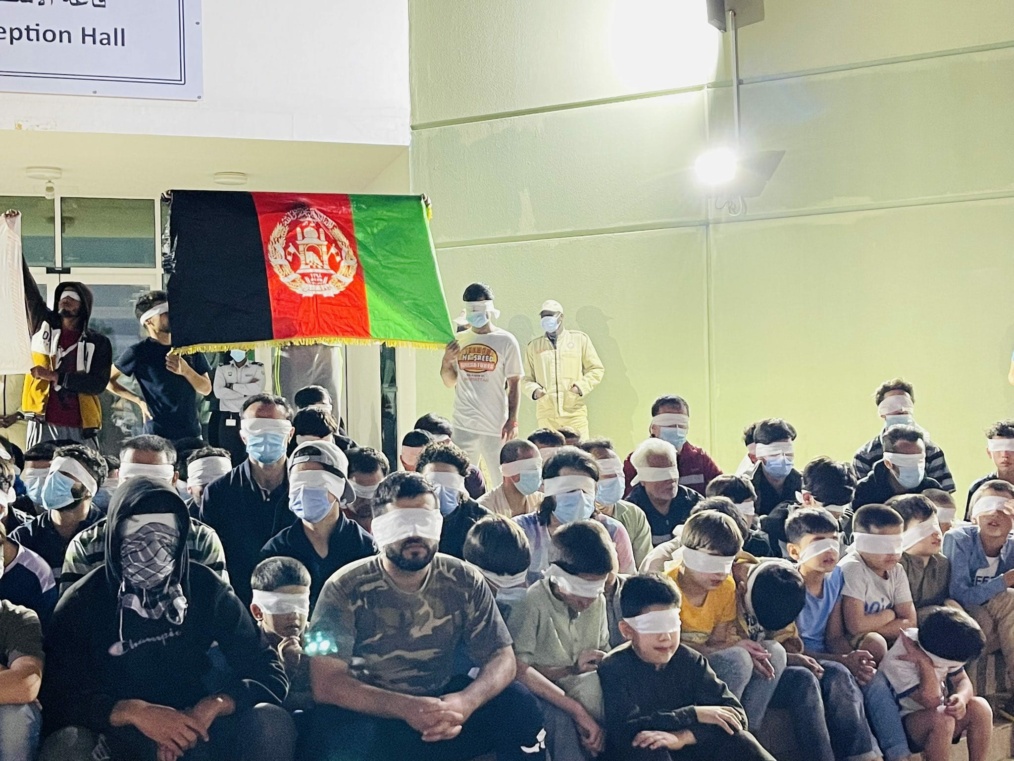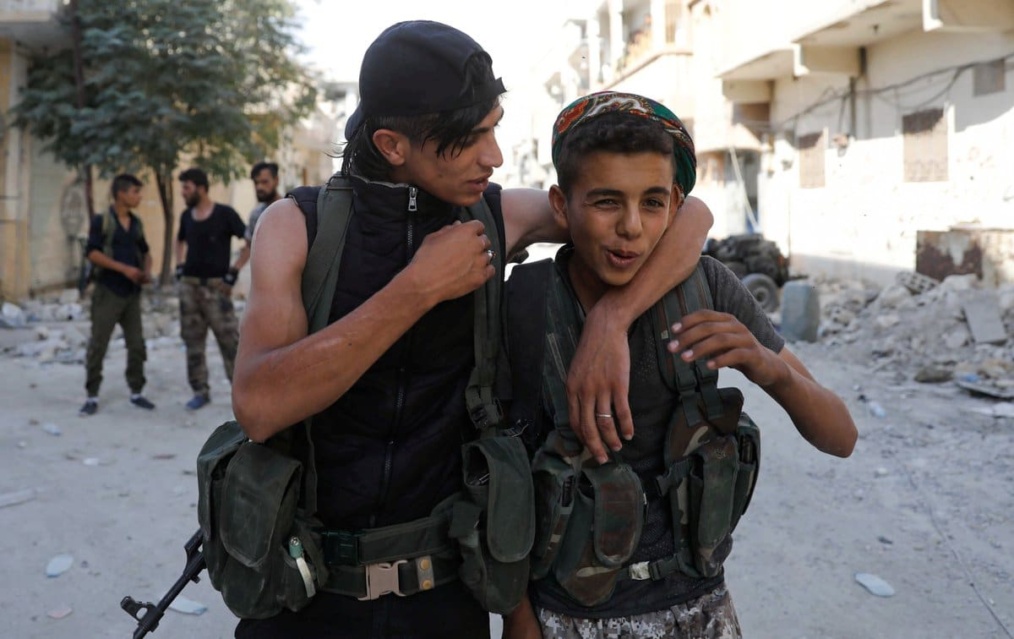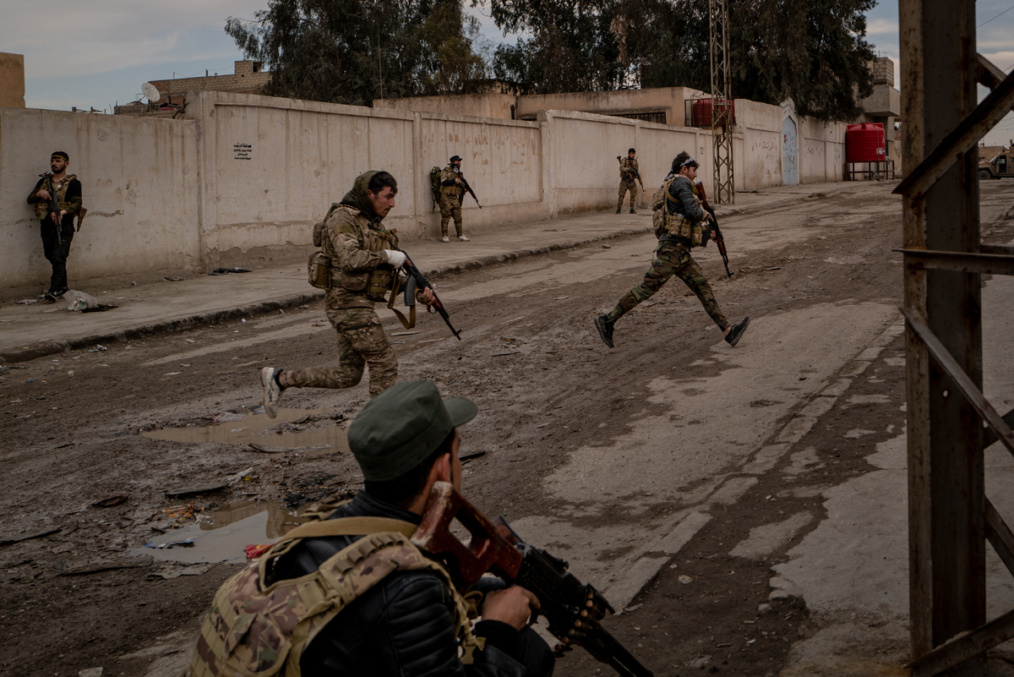Russia invaded Ukraine after months of military build-up near the border and failed diplomatic talks with the West. “I have made the decision of a military operation,” said Russian President Vladimir Putin in a statement on live news announcing a full military operation (by land, air, and sea) with the purpose of “demilitarisation and denazification” Ukraine but not “occupy” the country.
On the 24th of February 2022 at roughly 9:30 p.m. ET (4:30 a.m. in Ukraine), Russian troops began their military operations in eastern Ukraine. Heavy fighting is taking place on the border and Ukraine cut off all diplomatic ties to Russia, urging people to take up their arms.
Russia treacherously attacked our state in the morning, as Nazi Germany did in #2WW years. As of today, our countries are on different sides of world history. 🇷🇺 has embarked on a path of evil, but 🇺🇦 is defending itself & won't give up its freedom no matter what Moscow thinks.
— Volodymyr Zelenskyy / Володимир Зеленський (@ZelenskyyUa) February 24, 2022
Why an invasion
By invading Ukraine, Russia makes a statement against the United States and its allies to back off from Russia’s doorsteps while showing off their military power to change the world order. Russia has long confronted the Western military alliance with Ukraine, particularly Ukraine’s invitation to join NATO. Russia is afraid of NATO expansion further to the east and does not want its neighbor Ukraine to join this alliance that was set up in 1949 to counterbalance the Soviet Union. Tensions have been rising between the parties before.
Breaking: @mchancecnn with Russian forces at the Antonov airport about 15 miles outside of Kyiv. "These troops you can see over here, they are Russian airborne forces. They have taken this airport" pic.twitter.com/SnvmwQ1GeA
— Natasha Bertrand (@NatashaBertrand) February 24, 2022
In 2014 Russia annexed Crimea. In his speech, Putin mentions that NATO repeatedly ignored Russia’s demands of an equal power balance in Europe. Thus, by attacking Ukraine, Putin puts Russia back on the map as a powerful country that can and will do what it wants when it is not heard.
He further mentioned that any intervention from outside powers (by which the West is meant) to hinder Russia would be met by an immediate response and severe consequences. It also seems that Russia intends to emphasize that the West has made more mistakes in the past. Putin referred to the US and allies attack or “invasion” of Libya, Syria, and the invasion of Iraq. Again, this shows Putin is justifying his military invasion of Ukraine. His argument is: what you can do, we can do too.
Responses from the West
As the US and allies prepare to respond to the Russian military invasion, financial sanctions remain a vital option to avoid further military escalations. For President Biden, it’s going to be a tough sell to the American people given the fact that Americans are burned out of the longest US wars in Afghanistan and Iraq. While the American values and democracy will be on top of Presidents Biden’s agenda, a direct military engagement is not an option as that will lead ultimately lead to catastrophic consequences and possible World War III which will be the end of many of us with existing of nuclear nukes compared WW II.
NATO has no plans to send troops into Ukraine, Stoltenberg says https://t.co/fttZngB7rR pic.twitter.com/QXeVuuc9a8
— Reuters (@Reuters) February 24, 2022
Since Ukraine is not a member of the alliance, article 5 of the NATO Treaty states that an attack on one NATO country is an attack on the entire alliance. Article 4 of NATO discusses that “the parties will consult together whenever, in the opinion of any of them, the territorial integrity, political independence or security of any of the parties is threatened.” This article entails consultations between member states to reach an agreement and take action.
From a NATO standpoint, they cannot declare war, but allies can impose heavy economic sanctions to degrade Russia’s economy with intentions to decrease their military aggression. The United States and the European Union already announced these sanctions, restricting Russia’s access to certain financial accounts, the EU’s capital, and financial markets. However, these sanctions on Russia could also backfire, as the country is one of the main suppliers of the region’s gas. The prices of gas already went high in Europe – one direct impact of the war and the sanctions.
Prospects
It remains to be seen what will happen in the upcoming days. Until Putin’s demands are heard, he will continue to put pressure on the West by increasing military aggression in Ukraine.
History has shown many scenarios could unfold (for instance the implementation of UN safe zones and the break-up of Ukraine). In any case, it is important to not forget the humanitarian side of the conflict: The conflict will prompt Ukrainians to flee, could cause the displacement of millions of Ukrainians, and can lead to many civilian casualties.
Vibeke Gootzen is a Counter-Terrorism Research Fellow at Rise to Peace
Ahmad Shah Mohibi is the founder of Rise to Peace





